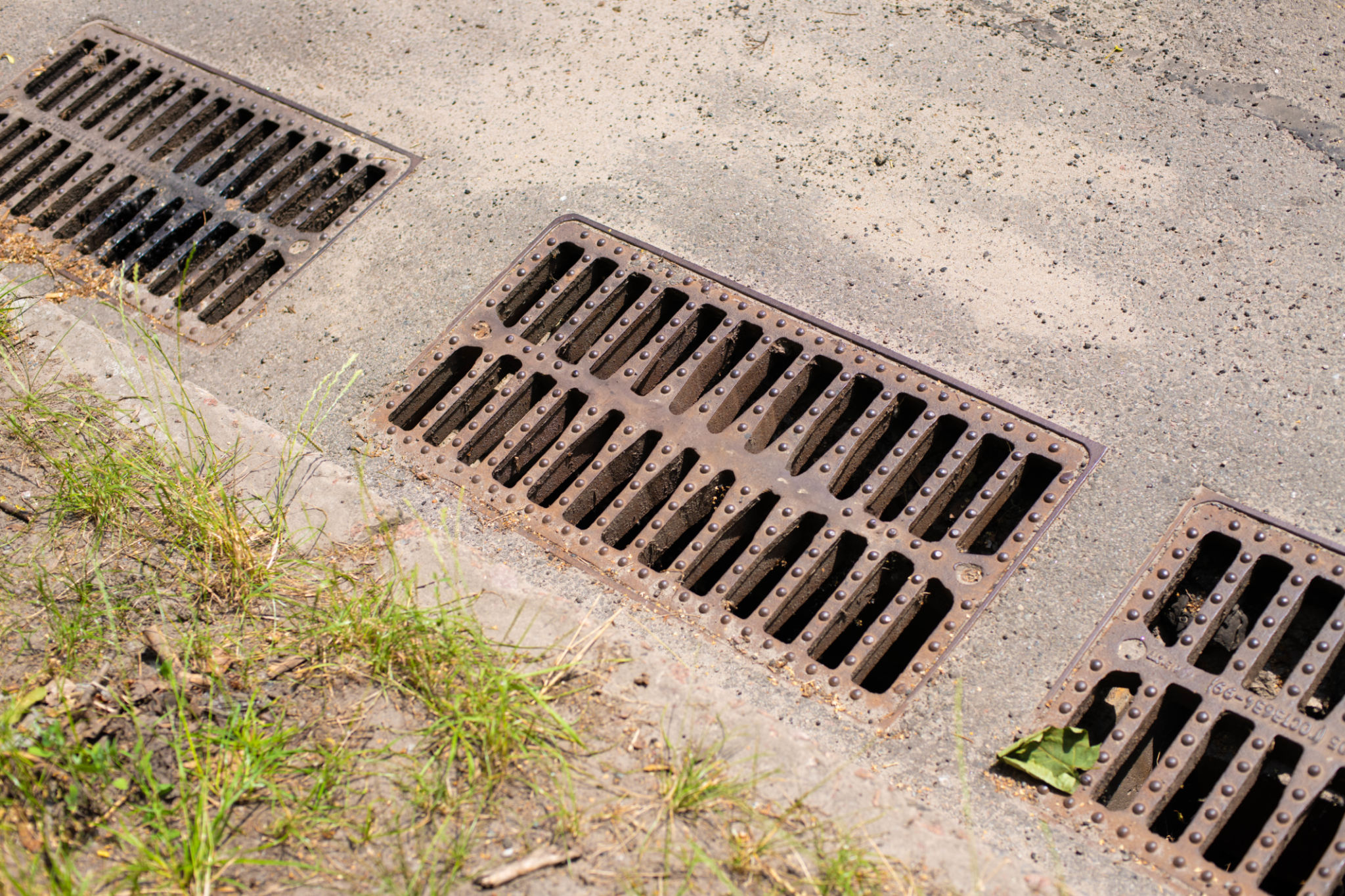How to Secure Bioswale Microgrants in Florida: A Step-by-Step Guide
Understanding Bioswale Microgrants
Bioswales are an innovative solution to manage stormwater runoff, helping to filter pollutants and reduce flooding. In Florida, securing a microgrant for bioswale projects can provide necessary funding to implement these sustainable systems in your community. This guide will walk you through the steps to successfully apply for and secure these valuable resources.

Research Available Microgrants
Start by researching the different microgrant programs available in Florida. Many local governments, environmental organizations, and state agencies offer funding for green infrastructure projects. Look for programs specifically targeting water conservation and stormwater management to find the most relevant opportunities for bioswales.
Once you've identified potential grants, make a list of their requirements, application deadlines, and funding amounts. This will help you tailor your proposal to meet each program's specific criteria.
Prepare a Comprehensive Proposal
A well-prepared proposal is key to securing a microgrant. Begin by outlining the goals and benefits of your bioswale project. Highlight how it will contribute to environmental sustainability and community well-being. Include detailed plans, such as design layouts and expected outcomes.
Demonstrating local support can strengthen your application. Gather letters of support from community leaders, neighboring businesses, or residents who will benefit from the project. This shows that your proposal has community backing and a higher chance of success.
Budgeting and Cost Estimation
Accurate budgeting is crucial for any grant application. Prepare a detailed budget that outlines all projected costs, including materials, labor, and maintenance. It's important to justify each expense, showing how it contributes to the overall success of the project.

Including potential sources of additional funding or in-kind donations is also beneficial. This demonstrates your commitment to the project and willingness to leverage other resources.
Submit the Application
Before submitting your application, ensure all sections are complete and meet the grant's guidelines. Double-check for any errors or omissions that could weaken your proposal. It's often helpful to have someone else review your application to catch mistakes you might have missed.
Submit the application by the deadline specified by the grant provider. Late submissions are generally not considered, so make this a priority.
Follow Up and Stay Engaged
After submission, follow up with the grant provider to confirm receipt of your application. This shows your interest and dedication to the project. Be prepared to answer any questions or provide additional information if requested.

If awarded the grant, maintain communication with the provider throughout the project. Provide updates on progress and any changes to the original plan. Building a strong relationship with the grant provider can be beneficial for future funding opportunities.
Conclusion
Securing bioswale microgrants in Florida requires research, careful planning, and a compelling proposal. By following these steps, you can increase your chances of obtaining funding for your project, contributing to a more sustainable environment in your community.